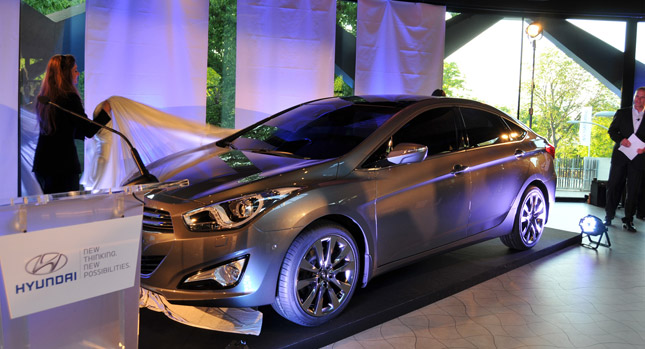The spike in South Korean car sales in Europe the past few years has the French worried as at the same time they are seeing their numbers drop amidst the debt crisis that has engulfed the continent.
Just last year, sales of Korean cars in the European Union grew 24 percent, even though the overall market contracted. French carmakers, on the other hand, saw their sales drop with PSA Peugeot Citroen announcing plans to slash 8,000 jobs.
As a result, France has officially sent a request to the EU Commission to monitor South Korean car exports, a move seen by many analysts as the first step to a possible re-introduction of tariffs only a year after a free-trade deal with the Asian country came into effect.
“The European Commission confirms it has received a note from the French authorities requesting … prior surveillance measures for South Korean car imports,” EU Trade Spokesman John Clancy said in a statement. “The Commission is reviewing carefully the request.”
If the EU accepts France’s request, local carmakers will be able to obtain detailed information including the type and number of products scheduled for export to Europe before the cars arrive from South Korea.
In the event that the EU Commission takes one more step and scraps the free-trade agreement with Seoul, then Europe will be able to impose protectionist restrictions to South Korean exports.
However, as pointed out by Reuters that broke the story, despite the fact that South Korean exports to the EU grew by 40 percent to 345,000 units since the deal was signed on July 1, 2011, that number is well below the 640,000 units imported in 2007.
The reason for this discrepancy is that South Korean carmakers like Hyundai and Kia have increased their production capacity in European factories in the Czech Republic and Turkey.
“The growth of Hyundai in Europe is based on products designed, engineered and built in Europe,” Andreas Brozat, a spokesman for Hyundai told Reuters. “Less than 12 percent of the 232,454 Hyundai cars registered in Europe during the first half of 2012 were built in Korea, while 70 percent came from the European region.”
PHOTO GALLERY




